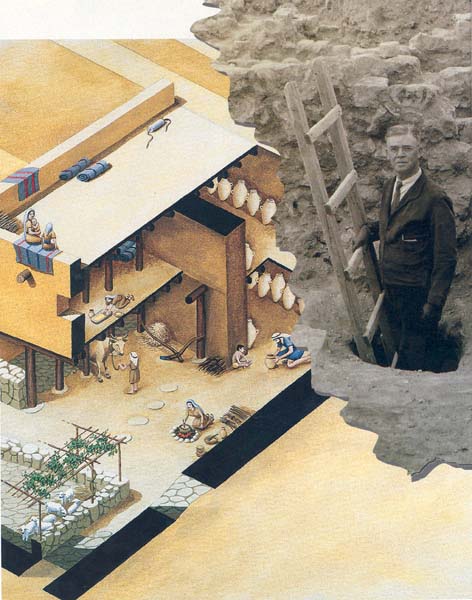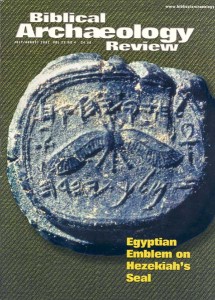Ideology in Stone
Understanding the four-room house

During the late 1920s, an expedition by the Pacific School of Religion discovered three houses of strikingly similar design at Tell en-Nasbeh, Biblical Mizpah. When the first of these was unearthed in 1927, excavators thought it was a temple, and Professor William F. Badè, the excavation director, held a church service in its ruins.1 Today, hundreds of these buildings have been found, and are now referred to by a generic name, the four-room house. Sometimes they are also called the “Israelite house,” and whether that is an acceptable designation is among the questions we will consider.a
The four-room house has three parallel long rooms separated by two walls or rows of columns, plus a broad room across one end. Subsidiary rooms may be added and rooms may be subdivided, but the basic plan is always the same. Some scholars think that one of the long rooms, usually the center one, was unroofed, creating a kind of courtyard. Most of these buildings also seem to have had a second story, although only sparse evidence of this has survived.
Already a library member? Log in here.
Institution user? Log in with your IP address.

